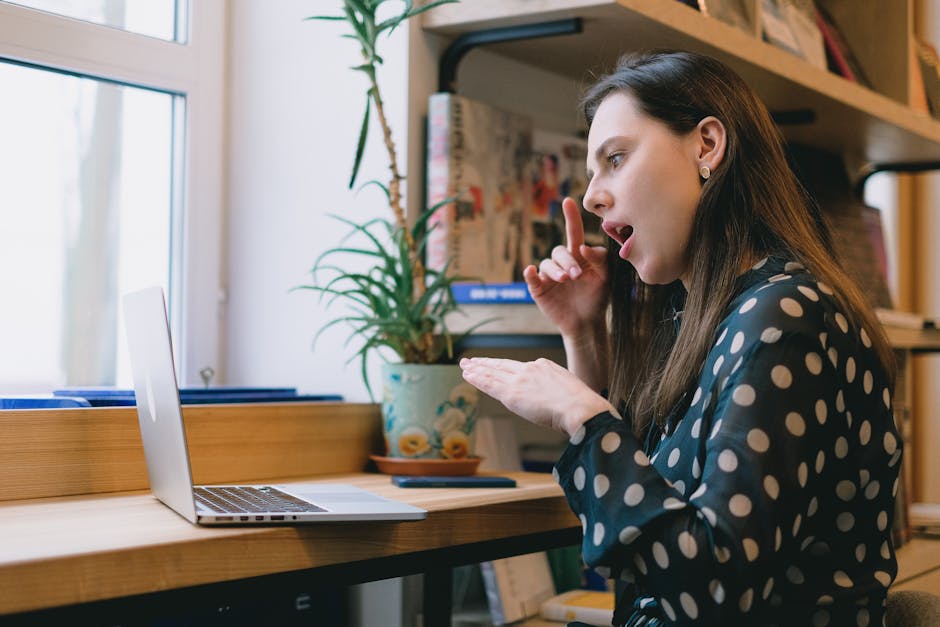
Gestures and Facial Expressions - The Power of Nonverbal Communication
Gestures and Facial Expressions - The Power of Nonverbal Communication
Nonverbal communication plays a significant role in our daily interactions. While spoken words convey the content of our message, gestures and facial expressions provide crucial cues about emotions and intentions. Learning to interpret and utilize these nonverbal cues can greatly enhance our communication skills.
The Importance of Gestures
Gestures are the expressive movements of different body parts, such as hands, arms, head, and face. They are used to emphasize and complement verbal messages, conveying additional meaning and enhancing the overall understanding. Some common gestures include:
- Hand gestures: point, wave, thumbs up/down, OK sign
- Facial expressions: smile, frown, raised eyebrows
- Body posture and movement: leaning forward, crossing arms
Gestures are culturally influenced, so it's essential to consider context and cultural variations when interpreting them. They can have different meanings or even be considered offensive in various cultures.
The Power of Facial Expressions
Facial expressions are one of the most significant channels of nonverbal communication. Our faces can display a wide range of emotions, creating immediate connections or indicating hidden feelings. Here are some commonly recognized facial expressions and their associated emotions:
- Smile: happiness, friendliness
- Frown: sadness, disapproval
- Raised eyebrows: surprise, disbelief
- Tightly closed lips: anger, tension
Facial expressions can be spontaneous or deliberate. They often complement spoken words, reflecting the speaker's internal state and making the message more persuasive and credible.
Using Gestures and Facial Expressions Effectively
Improving our ability to use gestures and facial expressions effectively can lead to more successful communication interactions:
- Be aware of your own nonverbal cues: Pay attention to what your gestures and facial expressions communicate. Align them with your intended message.
- Observe others: Notice the gestures and facial expressions of those around you. They can provide valuable insights into their emotions and intentions.
- Practice active listening: Nonverbal cues can indicate the speaker's emotions and help you better comprehend their message. Pay attention and respond accordingly.
- Cultural sensitivity: Be mindful of cultural differences and adapt your nonverbal communication accordingly to avoid misunderstandings.
In conclusion, gestures and facial expressions are powerful forms of nonverbal communication. Understanding and utilizing them can greatly enhance our interpersonal relationships, improve empathy, and lead to more effective communication in various personal and professional settings.
